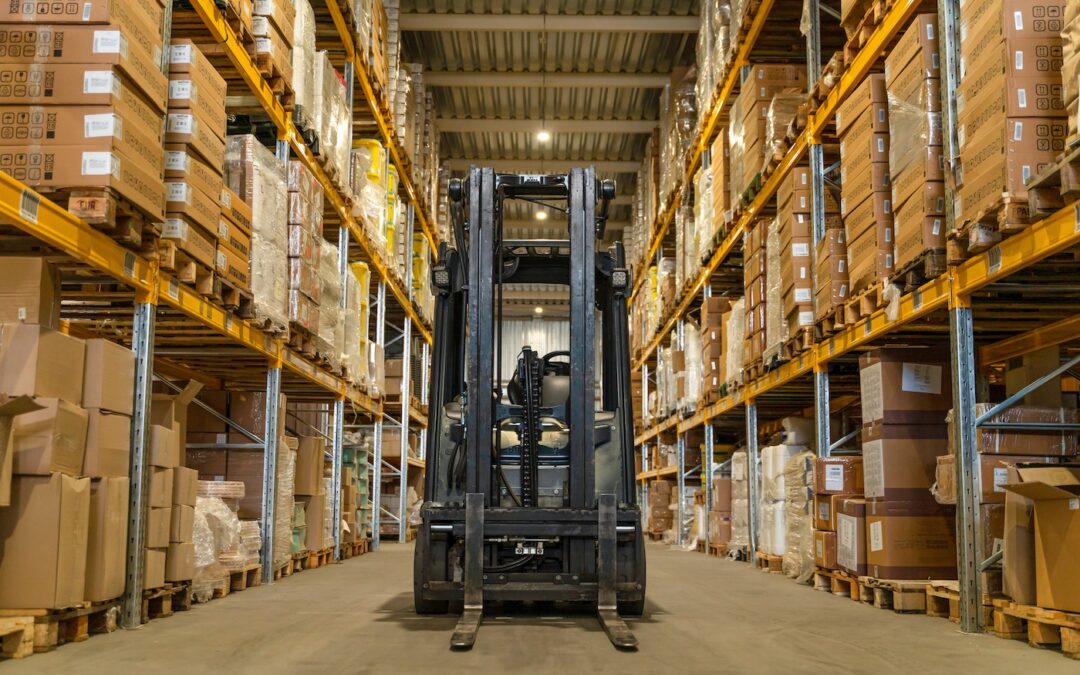As the gears of commerce continue to turn, warehouses buzz with activity as forklifts and workers move goods to their rightful places. However, amidst the hustle and bustle, safety must remain at the forefront of everyone’s minds. In this blog post, we delve into the crucial topics of forklift awareness and safe lifting practices. By understanding the risks and adopting proper techniques, we can ensure a workplace that prioritizes the well-being of its employees.
The Importance of Forklift Awareness
Forklifts are indispensable tools in the realm of logistics, but they also pose significant hazards if not handled with care. Awareness of forklift operations is essential for both operators and pedestrians within the warehouse environment. Operators must undergo thorough training to understand the mechanics of forklifts, proper handling procedures, and safety protocols. Similarly, all warehouse personnel should be educated on forklift safety, including recognizing common hazards, understanding traffic patterns, and knowing how to communicate effectively with forklift operators.
Common Forklift Hazards
Several hazards are inherent to forklift operations, ranging from collisions and tip-overs to falling objects and improper load handling. One of the primary causes of accidents is inadequate training or complacency among operators. Additionally, congested work areas, blind spots, and uneven surfaces can exacerbate the risks. It’s crucial for all involved parties to identify and mitigate these hazards through proactive measures such as regular equipment maintenance, designated traffic lanes, and clear signage.
Safe Lifting Techniques
In addition to forklift safety, proper lifting techniques are fundamental for preventing injuries among warehouse personnel. Whether lifting boxes, pallets, or other heavy items, workers should adhere to ergonomic principles to minimize strain on their bodies. Some key practices include:
Bend the Knees, Not the Back
When lifting an object, squat down by bending the knees while keeping the back straight. Avoid bending at the waist, as this can strain the lower back muscles.
Maintain a Solid Base
Position feet shoulder-width apart to establish a stable foundation before lifting. Distribute the weight evenly between both feet to enhance balance and reduce the risk of falls.
Use Proper Lifting Equipment
Whenever possible, utilize mechanical aids such as pallet jacks or hand trucks to transport heavy loads. These tools not only ease the physical burden but also minimize the likelihood of musculoskeletal injuries.
Team Lifts
For exceptionally heavy or bulky items, enlist the help of a coworker to share the load. Communication is key during team lifts to coordinate movements and ensure safety.
Conclusion
In the dynamic environment of warehouses, forklifts and manual lifting are indispensable yet potentially hazardous activities. By prioritizing forklift awareness and safe lifting practices, employers can foster a culture of safety that protects both workers and assets. Through comprehensive training, hazard identification, and adherence to ergonomic principles, we can minimize the risk of accidents and create a workplace where everyone can thrive. Remember, safety is not just a priority—it’s a commitment that must be upheld every day.

